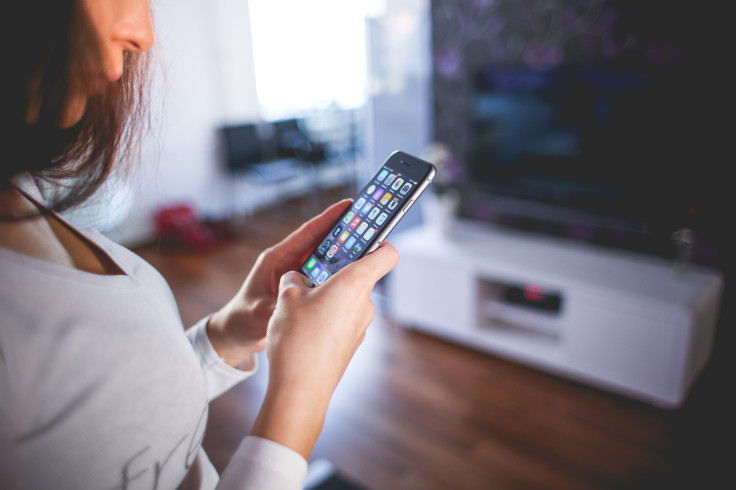Study reveals teenagers are obsessed with upgrading to the latest iPhones
CIRP's survey results suggest younger Apple customers are addicted to iPhone upgrades.

According to a new survey, teenagers are mostly responsible for mammoth iPhone sales. Last year, investment firm Piper Sandler conducted a biannual teen survey that revealed Apple devices and services are gaining skyrocketing popularity among teenagers in the US.
The results revealed that a whopping 87 per cent of teenagers own an iPhone. Moreover, 88 per cent of teens are prepping to replace their current phone with an iPhone. iPhone ownership among teenagers has more than doubled over the last ten years. For comparison, only 40 per cent of teens in the US owned an iPhone back in 2012.
Now, CIRP (Consumer Intelligence Research Partners) has conducted a new survey that reveals how quickly Apple users upgrade their iPhones in relation to different age groups. To those unaware, CIRP is a market research company known for conducting surveys on different aspects of the smartphone space. CIRP's recently-conducted survey comprises feedback from 500 US-based Apple users who purchased an iPhone in Q1 of 2023.
Teenagers are responsible for the iPhone sales boom
The survey highlights distinctive patterns among iPhone users of different age groups. So, let's check out what the main findings reveal without further ado.
- Younger (18-24 years) and middle-aged (35-44 years) iPhone users usually own iPhones that are less than twelve months old. They are more likely to upgrade to the newly launched models.
- O lder iPhone users (ages 55-64 and 65+) are likely to own iPhones that are over two years old. They have little interest when it comes to updating to the latest models.
- iPhone users between the ages of 25 and 34 sit in the middle category. They normally own iPhones that are one year old but less than two years old.
Nearly a quarter of iPhone users had an iPhone that was more than three years old, while about half had an iPhone that was less than two years old. CIRP claims several factors influence the differences in update behavior. Furthermore, CIRP's report suggests younger users are more likely to appreciate subtle improvements in newer models compared to older iPhone users.
Other factors that influence update behavior
Notably, older iPhone users generally have more disposable income compared to younger customers. Still, CIRP's report indicates young users are more willing to spend on a new handset. Also, young buyers are more likely to take advantage of financing options and trade-in offers.
Apple is reportedly planning to discontinue some older iPhones ahead of the iPhone 15 series launch. As a result, the more affordable older iPhone models will no longer be available for purchase. So, younger buyers will have another excuse to get their hands on a new unit.
Also, younger iPhone users are easily influenced by what their friends use. Aside from this, youngsters are also influenced by what they see on Instagram, Facebook, and other social media platforms. Older iPhone users, on the other hand, aren't likely to be easily affected by what other people think.
However, it is worth noting that these are mere generalisations. There may be a few exceptions between individual iPhone users. Nevertheless, the survey divulges some pieces of useful information regarding different age groups' behavior in terms of upgrading iPhones. According to a GizChina report, other factors influence the update habits of iPhone users of different ages.
The report suggests some older users do not upgrade to a new device because they may not be comfortable with the technology. Likewise, some users may prefer the overall feel of an old iPhone model and see no need to upgrade. So, it is safe to say that the reason why iPhone users upgrade their devices vary from user to user.
Meanwhile, Apple CEO Tim Cook is relying on the company's upcoming mixed-reality headset to shape its future. It will be interesting to see whether Apple's long-rumoured AR headset would garner iPhone-like popularity among young users.
© Copyright IBTimes 2025. All rights reserved.






















